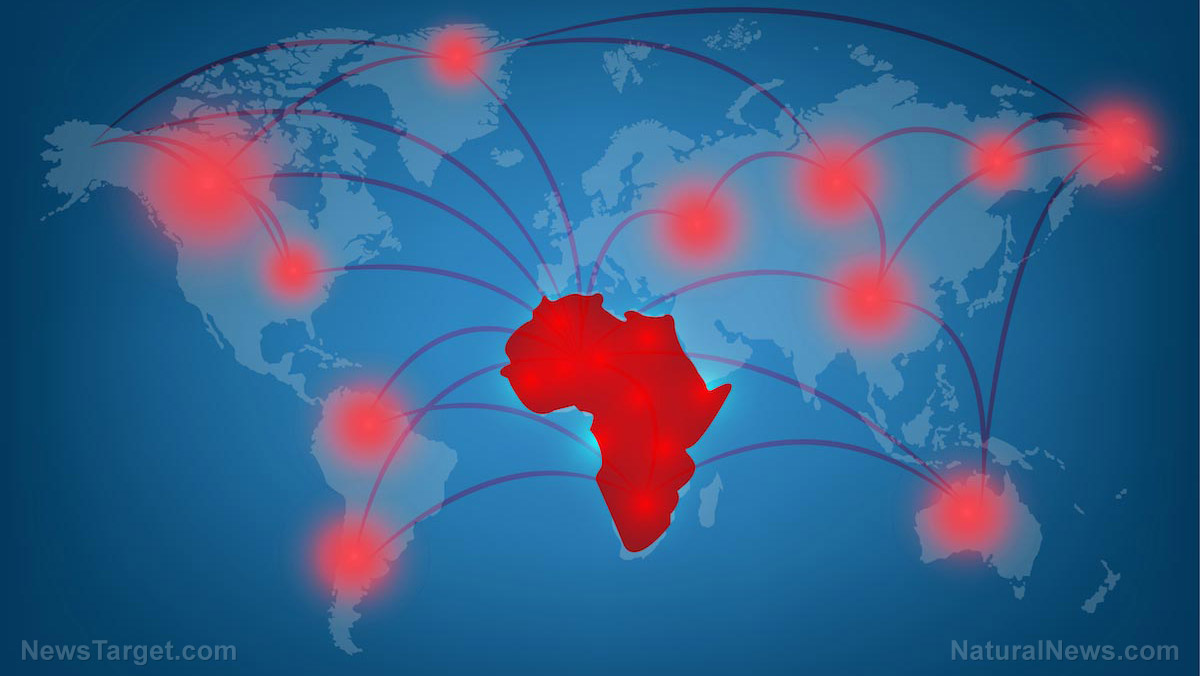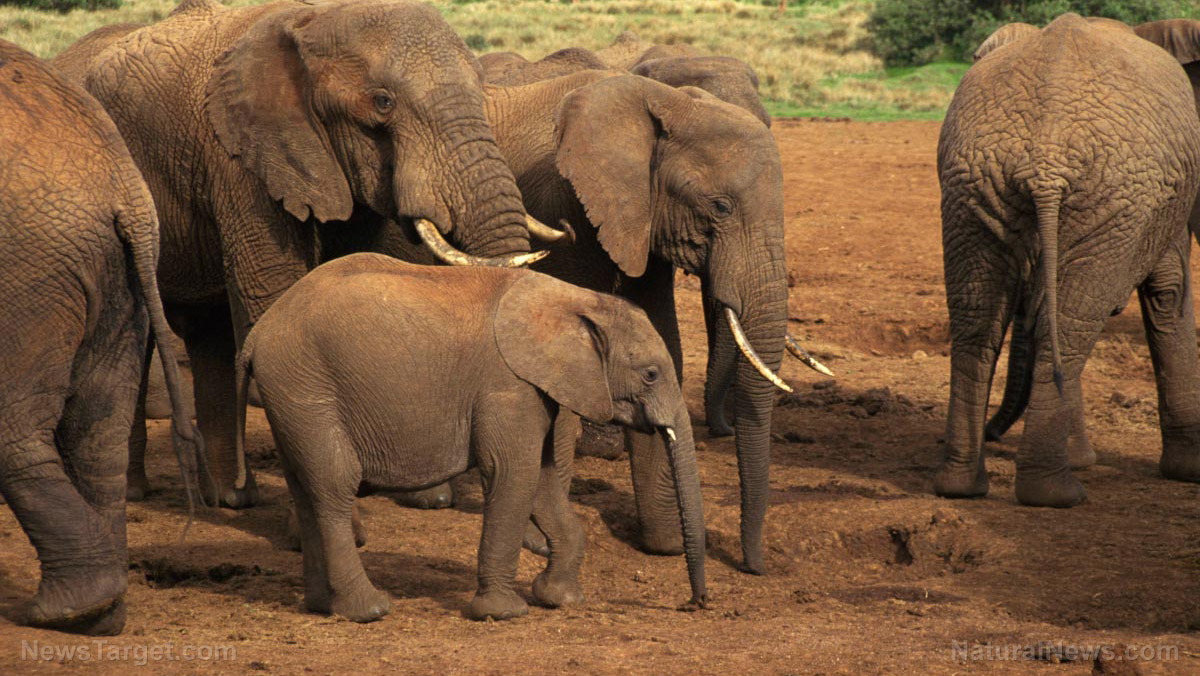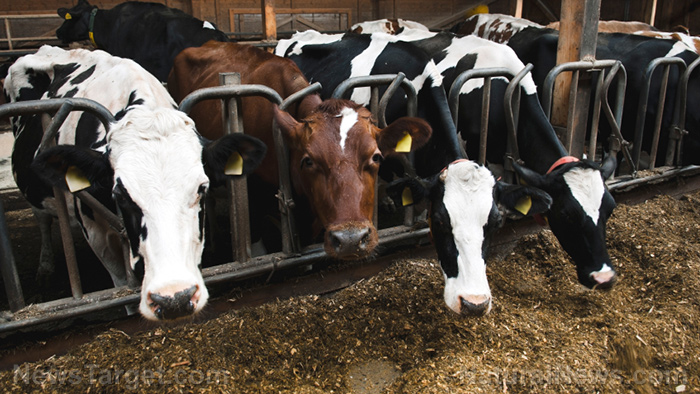
Bats are considered to be a primary carrier of the Ebola virus. They are also reservoirs for it. The animals can carry the virus and infect humans and other animals, but they themselves are not affected by it.
Associate professor Javier Buceta of Lehigh University (Lehigh) led the effort to develop a model of the movement patterns of these animals. He reported that environmental changes affected the behavior of bats, which in turn altered the number of infections and eventually led to outbreaks of Ebola.
Buceta's team drew climate and environmental data from the Land Processes Distributed Active Archive Center (LP DAAC) database run by NASA. They ran that information through parameter sampling techniques.
Their resulting framework combines data and modeling in order to predict the environmental changes that affect bat migration and, in extension, Ebola infection rates. The Lehigh team published their findings in the online journal Scientific Reports. (Related: Infected EBOLA carriers escape quarantine hospital in the Democratic Republic of Congo.)
Computer model looks at local resources of migrating bats that carry the Ebola virus
Lehigh associate professor Paolo Bocchini came up with the smart sampling techniques used by the framework. A civil engineer by profession, he developed a computational technique that lets researchers pay close attention to a small subset of representative cases.
In order to predict the times when the rate of bat infection peaks, the computer model crunches a lot of information. This includes birth and death rates of the animals, their infection and recovery rates, their mobility, the changing seasons, the supply of food, and the availability of shelter.
"We could then predict the concentration of infected bats one might expect to find given those particular conditions," remarked study author Buceta.
The results are promising. They might very well help prevent a repeat of the Ebola outbreak in West Africa during 2014.
The first victim of that epidemic was a child from the village of Meliandou in Guinea, a West African country that has never reported a single case of Ebola in the past. The child was infected with the deadliest strain.
The said strain was widespread in the Central African country of the Congo, which was thousands of miles away from Guinea. The ensuing outbreak claimed the lives of more than 11,000 people.
New framework shows 2014 Ebola outbreak was linked to peaks in infected bats
Buceta's team believe bats are the reason why an Ebola strain in former Zaire appeared in the previously Ebola-free Guinea. Using the data of the region around Meliandou during the 2014 outbreak, they showed that the two yearly peaks of bats getting infected by Ebola took place around the same time as their birthing seasons.
Further analysis also showed a peak of infected bats in Meliandou during the first few months of the Ebola outbreak there.
The researchers also tested out their framework using data from Bamako. A town in Guinea's neighbor Mali, Bamako is 400 miles away from Meliandou and possesses a different climate. After analyzing the Bamako data, the Lehigh framework did not show a peak in infection rate during that same time in 2014.
Buceta said these findings indicate that local climate – as well as other environmental factors – exert a significant effect on how many bats get infected by the Ebola virus.
Learn how you can protect against possible outbreaks of Ebola and other pandemic diseases at Outbreak.news.
Sources include:
Please contact us for more information.























